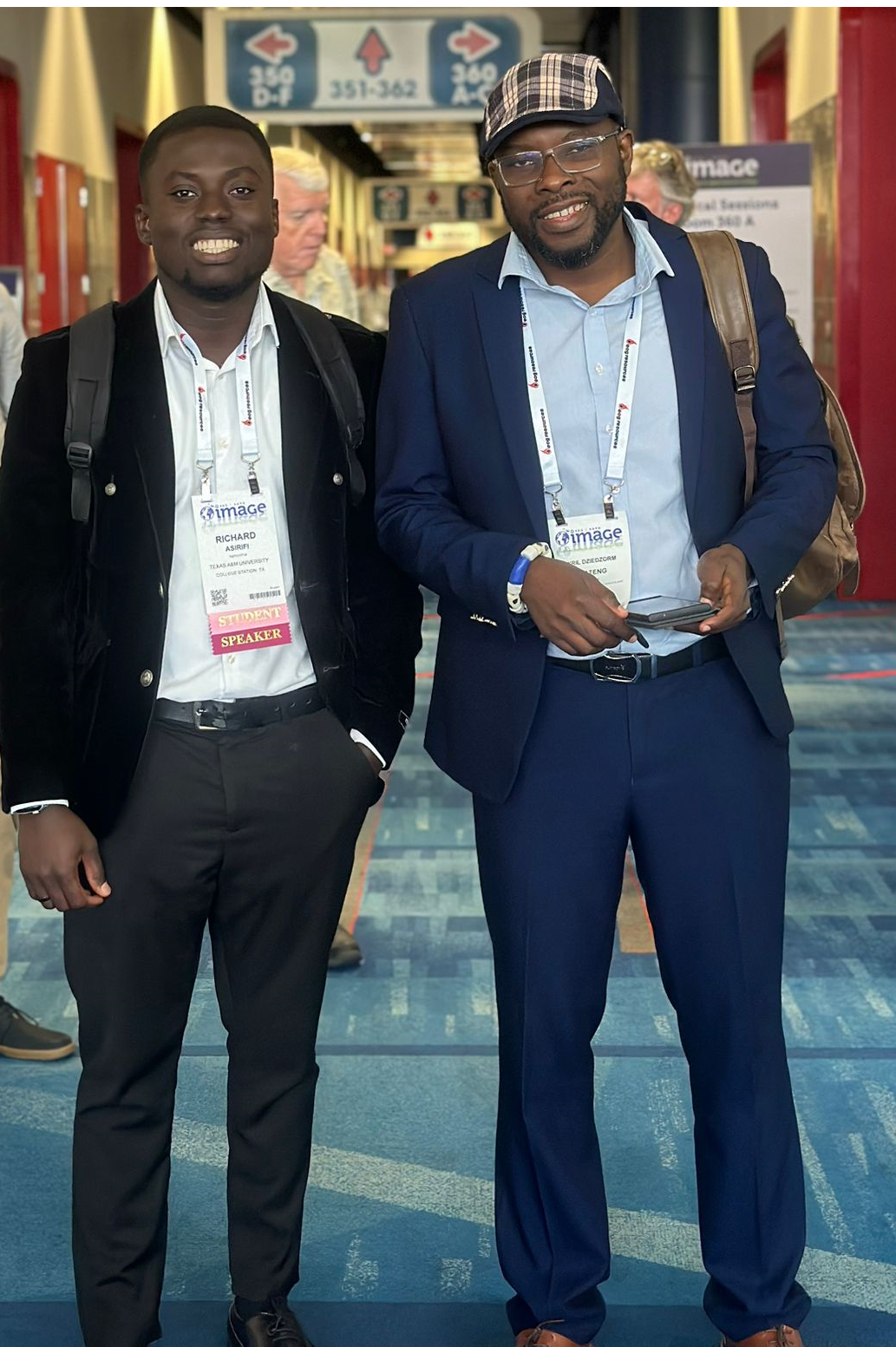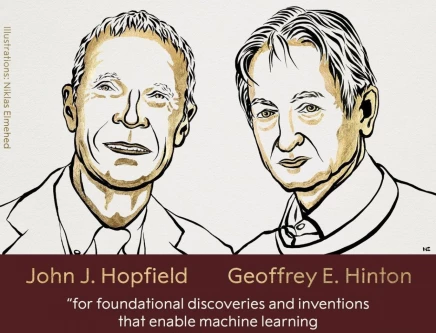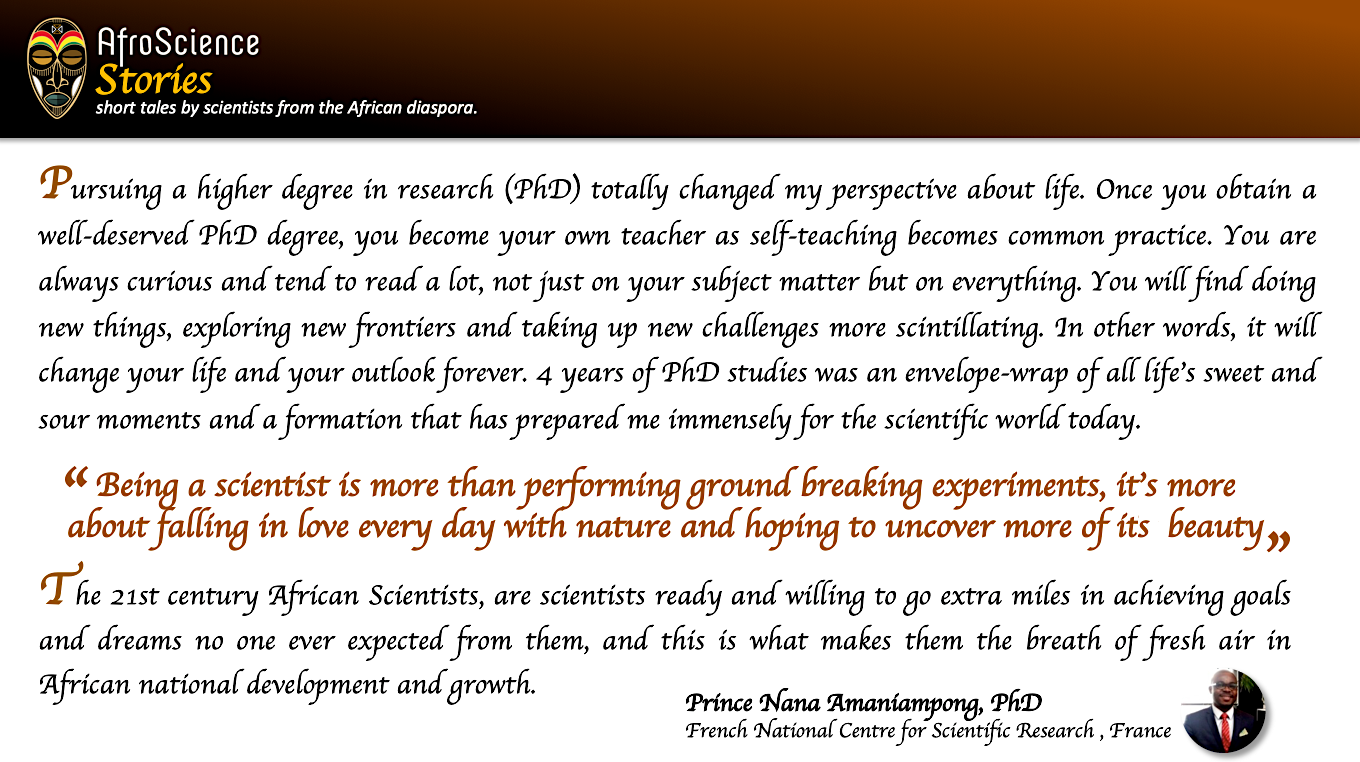Peter Azure and Kenneth Akanbodiipo gained public attention in late 2021 when news of their final year project went viral. They had developed an energy-saving socket adapter to address excessive power consumption by electric pressing irons and prevent domestic accidents from overheating.
Peter Azure and Kenneth Akanbodiipo gained public attention in late 2021 when news of their final year project went viral. They had developed an energy-saving socket adapter to address excessive power consumption by electric pressing irons and prevent domestic accidents from overheating.
A 2016 report revealed that 41% of the total number of fire incidents in Ghana were domestic, with electrical appliances and faulty wiring being among the major causes. This was mostly due to lack of knowledge on the part of users, reliance on sub-standard equipment, and forgetfulness. Peter and Kenneth recognised the opportunity in this challenge and decided to act.
Innovation is uncommon among Ghanaian undergraduates who are always in a hurry to graduate and unwilling to take the risks with their research work. Peter and Kenneth’s experience is a note-worthy advance begging the question, “what drives an innovator within the Ghanaian social context?”. In a developing country, one does not need to look far to identify an existing problem. A tussle often lies in crafting a solution and having the right person(s) at the right place at the right time, with the right resources to do so. In essence, the innovators, the body of knowledge or skills they possess, and the innovation environment are key to successful innovation.
Sources close to Peter revealed that he is a quiet and shy young man who spends a lot of time deep in his thoughts. He had initially applied to study engineering at the Kwame Nkrumah University of Science and Technology (KNUST) but was offered Physics instead due to high competition for engineering programmes in Ghana. His Physics background was described as a key driver of innovation because he presented a solution that was not domain-specific but rather drew on a broad knowledge area. Domain-based solutions have been described as being inferior to all other forms of innovations, with the best solutions coming from outsiders who could apply different world views to a problem.
It is no surprise that Kwadwo Safo Kantanka, one of Ghana’s leading innovators who obtained a technical education from Ghana Technical Works in Kumasi has developed non-domain specific solutions in the areas of agriculture, chemistry, and engineering.
The next important piece of the innovation recipe was the environment, the two students were supervised by Dr Edem Donkor who gave them the space to explore. The freedom to explore allowed them to veer into the realm of electronic appliances to uncover the challenges associated with pressing irons. An analysis of data from the Global Innovation Index and the 2019 Democracy Index revealed that a “reasonably strong correlation” exists between innovation and the level of political freedom in a country. This can be likened to a university or work environment where supervisors give their subordinates the freedom to innovate. The Physics department has also created a functional mentorship programme that has helped to lower the power distance in the department and made it easier for students to engage their lecturers academically without apprehension.
The missing link in Peter and Kenneth’s story is a bridge to the market. Currently, research commercialisation institutions have not been very successful due to the disconnect between industries and academic institutions. The product will also require standardization and mass production capacity to make it competitive in the market. The components of the adapter are an AC-to-DC converter, microcontroller, and a rotary potentiometer making it relatively easier to manufacture.
Various models exist for declaring National innovation ecosystems but the triple helix model which unifies actors from the government, industry, and academia is most preferred because it describes the interactive relationship between these actors ensures that research output moves into commercialisation in an enabling environment which is most often facilitated by the government.
Peter and Kenneth stand a chance of going to market with the right team, funding, and business model. In the absence of an interconnected innovative ecosystem, their surest bets are likely to be venture capital or grants which can absorb the shock of the risks associated with going to market and usually come with in-built mechanisms to support “hail mary” innovations.
Conflict Of Interest
The views and opinions expressed in this article are those of the author, and they do not purport to reflect the policies, opinions, or views of the AfroScience Network platform.
Disclaimer
This article has not been submitted, published or featured in any formal publications, including books, journals, newspapers, magazines or websites.
Be the first to comment
Please login to comment












